ALEXANDRITE
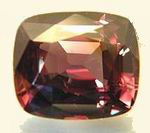

 Characteristics of the mineral.
Characteristics of the mineral.
Changing color of a species of chrysoberyl BeAl2O4. The hardness of chrysoberyl is 8.5 and it is one of the hardest minerals. From dark blue to emerald green in daylight to purple and purple red under artificial lighting. If the composition of chrysoberyl exactly corresponds to its chemical formula, it is pure and colorless. Almost invariably part of the aluminum is replaced by oxide iron and chromium, and some of the beryllium is replaced by ferrous iron. The color is caused by the impurities of chromium and iron. Different shades of color of chrysoberyl are due exclusively to these secondary impurities. Alexandrite is the most valuable and expensive species of chrysoberyl. Has a bluish-green, grassy-green or dense olive-green color. The Ural alexandrites have a bluish-green coloration, the stones from Ceylon have a dense olive-green color. The hardness of alexandrite 8.5 makes it possible to distinguish it from other minerals that also change color under different lighting or rotation of the stone.
In the ultraviolet rays alexandrites sometimes glow red. In Russia the unique druse of Alexandrite, found in the Urals - Drusa PA Kochubey in size 25x15 cm with well-formed crystals of 6x3 cm, dark green in color, but practically opaque or weakly luminous, was widely known. In Russia, chrysoberyl was extracted in passing while developing deposits of emeralds.
The Ural alexandrites were considered the best and were the standard of quality. In recent years, chrysoberyls, especially alexandrites, are very rare. Currently, their regular production on an extremely small scale is conducted in Sri Lanka, India (Kerala), Brazil. The Alexandrite from Brazil, supplied to the market, has a paler shade and a minor color play, in contrast to the famous Ural stones. The green color may have a faint reddish hue, depending on how the light falls on the stone.
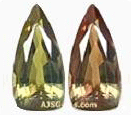 The photo above shows synthetic (alexandrite corundums and spinel). Natural alexandrites change color from green and greenish to reddish, unlike synthetics (which changes color from blue and gray to pink). In some light natural alexandrites, the color transition is subtle. Sometimes characteristic of natural alexandrite is the color change when the stone rotates under constant illumination, when light passes through the stone in different directions. The stone absorbs light in different directions in different ways.
The photo above shows synthetic (alexandrite corundums and spinel). Natural alexandrites change color from green and greenish to reddish, unlike synthetics (which changes color from blue and gray to pink). In some light natural alexandrites, the color transition is subtle. Sometimes characteristic of natural alexandrite is the color change when the stone rotates under constant illumination, when light passes through the stone in different directions. The stone absorbs light in different directions in different ways.
Transparent, translucent with glass shine, alexandrite has a noticeable pleochroism. The smallest, medium and largest refractive indices correspond to violet-red, orange-yellow and emerald-green colors. All these colors are clearly different, especially the first and third. A wide absorption band begins in the green region and extends further into the red region. The remaining absorption bands are almost unchanged. Such a spectrum is associated with the presence of chromium. The difference in absorption spectra for different rays in alexandrite covers the interval of the visible spectrum to which the eye is most sensitive, light emitted by alexandrite is a mixture of red and green light with a deviation in some directions in the crystal toward red. The equilibrium is so subtle that the stone appears green in daylight and reddish with an artificial one, for which a high intensity of red rays is characteristic. The ability of alexandrite to change color is a feature of the perception of our eye.

Chrysoberyl. Lac-Alaotra. Madagascar. Photo: © M. Moiseev.
In daylight, alexandrite of imported prospect can have a gray-green or saturated green color, which depends on the chromium content, which is different for minerals from different deposits. The green color may have a faint reddish hue, depending on how the light falls on the stone. However, if alexandrite is placed under artificial light, especially coming from a fluorescent lamp, the stone will turn red. If this mineral rotates or changes the conditions of its illumination, then the wavelengths of light reaching our eyes will change, and even small changes may be sufficient to affect the color of the stone observed by the eye of a person.
At present, alexandrite of good quality (not fixed in old products) is extremely rare. Many synthetic alexandrites are in fact either synthetic corundums colored with vanadium and having a lilac color, alternating more red under artificial lighting, or synthetic spinels having a thicker green color. In 1973, products with synthetic alexandrite were on sale, for which a spectacular color change is also characteristic, but from purple-blue to pink, and not from green to red. Technologies of cultivation of alexandrites from a solution in a melt (close to natural) are complex and expensive, at a price such a stone approaches natural and is no less valuable and expensive.
The most common facets for alexandrite are stepped or diamond drop-shaped. "Cat's Eye" is processed in the form of a cabochon. It is widely used in expensive jewelry, often in conjunction with diamonds, emeralds, pearls.
Magic properties of stones.
The weak play of light in the ordinary daylight and the remarkable color change observed under artificial illumination enveloped this dark stone with a cover of secrecy. Talisman of people suffering from a change in mood: a stone can change color not only depending on the time of day, but also depending on the mental state of the owner. Watching the changes, you can learn to anticipate emotional failures in advance. It brings calmness, normalization of relations between people, promotes that the owner has come to balance quickly after all stressful situations. As an amulet, alexandrite is good for those people who are harassed, it helps to maintain relationships, material well-being and gives you the opportunity to accumulate wealth. The owner of a stone can become a prosperous person in both sociality and health status.
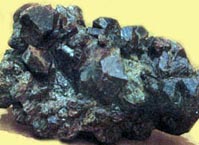
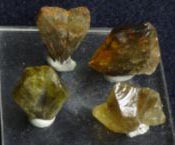
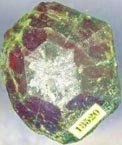

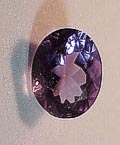
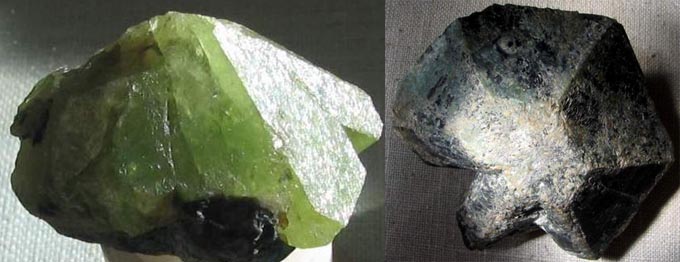
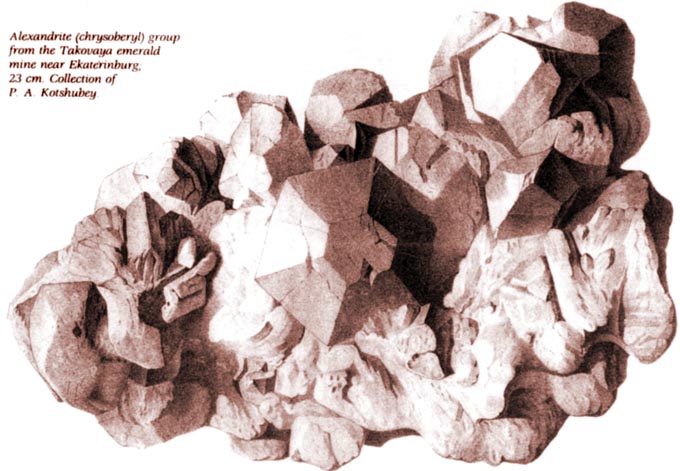
Poisonous and radioactive dangerous stones and minerals
** - poisonous stones and minerals (mandatory check in the chemical laboratory + explicit indication of toxicity).
** - radioactive stones and minerals (mandatory check on the standard dosimeter + ban on open sales in the case of radioactivity over 24 milli / g / h + additional measures of population protection).
All rare stones are subject to mandatory inspection at the standard dosimeter for the permissible level of radiation and in the chemical laboratory for the absence of poisonous and evaporating components that are dangerous to humans and the environment.


Comments
Commenting on, remember that the content and tone of your message can hurt the feelings of real people, show respect and tolerance to your interlocutors even if you do not share their opinion, your behavior in the conditions of freedom of expression and anonymity provided by the Internet, changes Not only virtual, but also the real world. All comments are hidden from the index, spam is controlled.